Introduction to Cold Isostatic Pressing
Cold Isostatic Pressing (CIP) is a powder compaction technique that involves applying uniform pressure to a powder-filled container from all directions. The process is carried out at room temperature, and the pressure is typically applied using a liquid medium such as water or oil. CIP is widely used in the manufacturing of complex and high-density components for various industries, including aerospace, automotive, and medical. The technique is particularly useful for materials that are difficult to work with, such as ceramics and refractory metals. CIP provides a high degree of dimensional accuracy and enables the production of intricate shapes with excellent mechanical properties.
Table of Contents
- Introduction to Cold Isostatic Pressing
- Benefits of Isostatic Pressing over Other Methods
- Uniform strength in all directions
- Shape flexibility
- Uniform density
- Component size
- Low tooling cost
- Reduction in welds
- Material and machining costs
- Enhanced alloying possibilities
- Reduced lead times
- Improved mechanical properties
- Isotropic Properties
- Wear/corrosion resistance
- Reduction of expensive materials
- What is Powder Characterization?
- Factors Affecting Powder Quality for CIP
- Spherical Powders vs. Irregular Powders
- Controlling Phase Composition and Grain Size
- Conclusion: The Role of Powder Characteristics in CIP
Benefits of Isostatic Pressing over Other Methods
Isostatic pressing, whether cold or hot, offers several advantages over other powder metallurgy processes. Here are some of the main benefits:
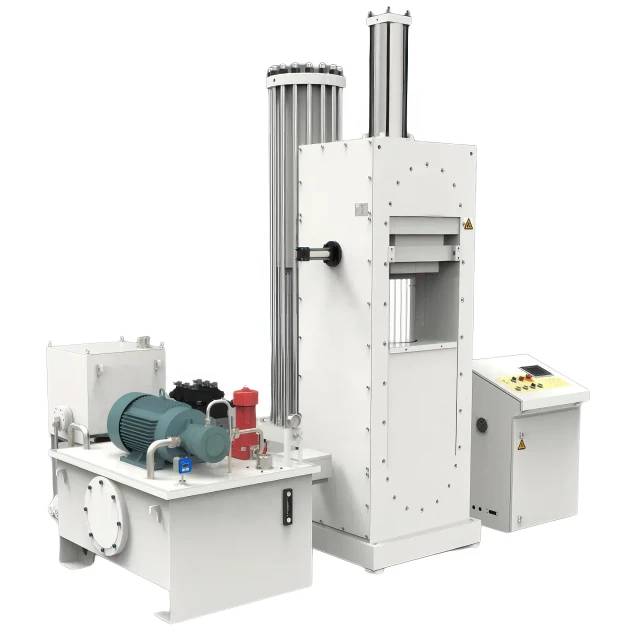
Uniform strength in all directions
Isostatic pressing applies pressure uniformly in all directions, ensuring that parts have consistent strength and density throughout.
Shape flexibility
Isostatic pressing makes it possible to produce parts with complex shapes and dimensions that would be difficult or impossible to achieve with other methods. This is because the pressure is applied uniformly, regardless of the shape of the mold.
Uniform density
Isostatic pressing ensures that parts have uniform density and minimal porosity, resulting in high strength and durability. Moreover, the resulting compacted piece will have uniform shrinkage during sintering or hot isostatic pressing with little or no warpage.
Component size
Isostatic pressing can produce a wide range of component sizes, from massive 30-ton near-net PM shapes down to densifying less than 100-gram MIM parts. Part sizes are limited only by the size of the isostatic pressure chamber.
Low tooling cost
For short production runs, the tooling cost is low compared to other manufacturing methods.
Reduction in welds
Components can be designed and fabricated with a reduction or complete elimination of the number of welds and related inspections.
Material and machining costs
Near-net-shape parts can be fabricated, greatly reducing material and machining costs.
Enhanced alloying possibilities
Isostatic pressing enables the enhancement of alloying elements without inducing segregation in the material.
Reduced lead times
Complex shapes can be economically made from prototype to production quantities with significantly reduced lead times versus forgings or machined components.
Improved mechanical properties
Isostatic pressing can improve mechanical properties such as impact resistance, ductility, and fatigue strength, as a result of internal porosity elimination.
Isotropic Properties
Fine-grain structure achieves part uniformity.
Wear/corrosion resistance
Isostatic pressing can produce improved wear and corrosion resistance through extended alloying possibilities, control of grain size and shape, and producing homogeneous microstructures.
Reduction of expensive materials
By cladding, components can be formed with premium/expensive materials in critical regions only.
In summary, isostatic pressing offers several benefits over other methods, such as the production of complex shapes with minimal waste, uniform density, and minimal porosity resulting in high strength and durability, low tooling costs, and enhanced alloying possibilities. These advantages make it an attractive option for manufacturers in the aerospace, medical, and semiconductor industries.
What is Powder Characterization?
Powder characterization is a critical step in cold isostatic pressing that involves analyzing various properties of powders to ensure optimal results. Powder properties such as particle size, shape, surface area, and density greatly influence the behavior of powders during the pressing process.
Particle Size and Shape
The size and shape of the particles greatly affect the flow and packing of powders. Particle size distribution can be determined by various methods such as laser diffraction, sedimentation, or microscopy. The particle shape can be determined by microscopy, image analysis, or automated shape analysis.
Surface Area and Density
Surface area and density are also crucial factors in determining the amount of pressure required to achieve a desired level of compaction. Surface area can be determined using gas adsorption techniques such as BET, while density can be determined using various methods such as gas pycnometry, mercury porosimetry, or helium pycnometry.
Role of Powder Characterization
Powder characterization plays a crucial role in determining the quality and performance of the final product. Variations in powder properties can lead to defects and inconsistencies, making it essential to accurately characterize powders before the pressing process. This ensures that the final product is of high quality and possesses consistent properties.
Techniques for Powder Characterization
Powder characterization can be achieved through various techniques such as laser diffraction, scanning electron microscopy, gas adsorption, and X-ray diffraction. Laser diffraction is a common technique used to measure particle size distribution, while scanning electron microscopy is used to study particle morphology. Gas adsorption techniques are used to measure surface area and pore size. X-ray diffraction is used to identify crystalline phases and determine their abundance.
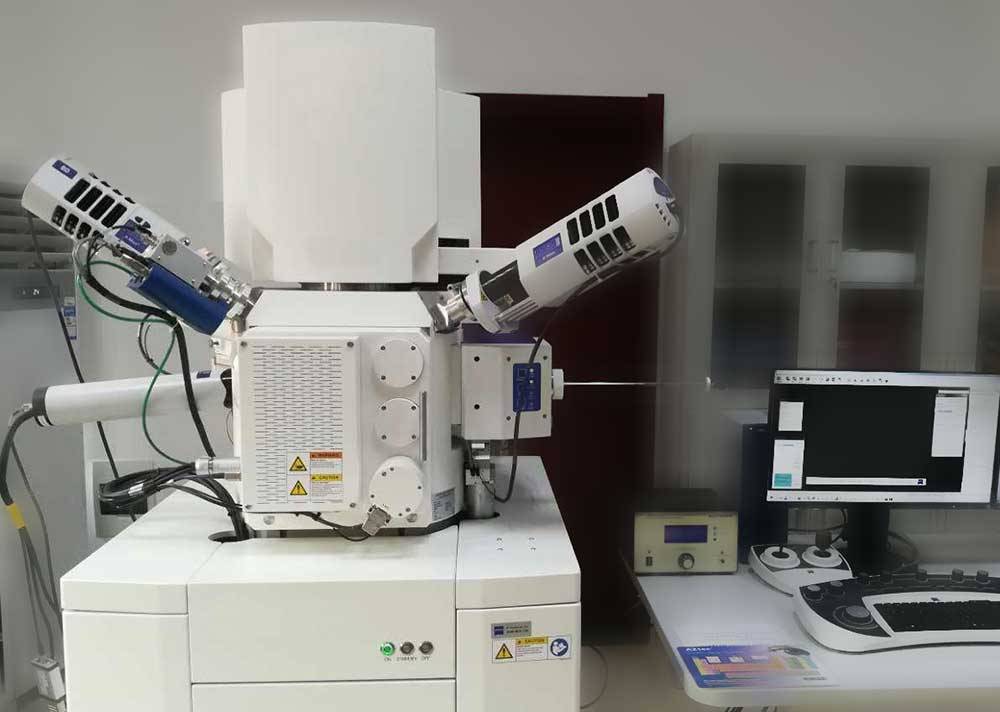
In conclusion, powder characterization is an essential step in cold isostatic pressing that allows for the production of high-quality materials with consistent properties. It involves the analysis of particle size, shape, surface area, and density, which greatly influence the behavior of powders during the pressing process. By accurately characterizing powders, defects and inconsistencies can be minimized, leading to high-quality products.
Factors Affecting Powder Quality for CIP
Powder characteristics play a crucial role in determining the quality of the final product in Cold Isostatic Pressing (CIP). Here are some of the key factors that affect powder quality:
Particle Size Distribution
The particle size distribution of the powder is an important factor that affects the packing density, flowability, and homogeneity of the compacted material. A narrow particle size distribution can be achieved by ball milling, which enhances flowability and facilitates packing.
Particle Shape
The shape of the particles can also affect packing density and flowability. Spherical particles are preferred as they can pack together more densely than non-spherical particles.
Surface Area
The surface area of powder particles is another critical factor that affects the packing density and homogeneity of the compacted material. A higher surface area can lead to a lower packing density and lower homogeneity.
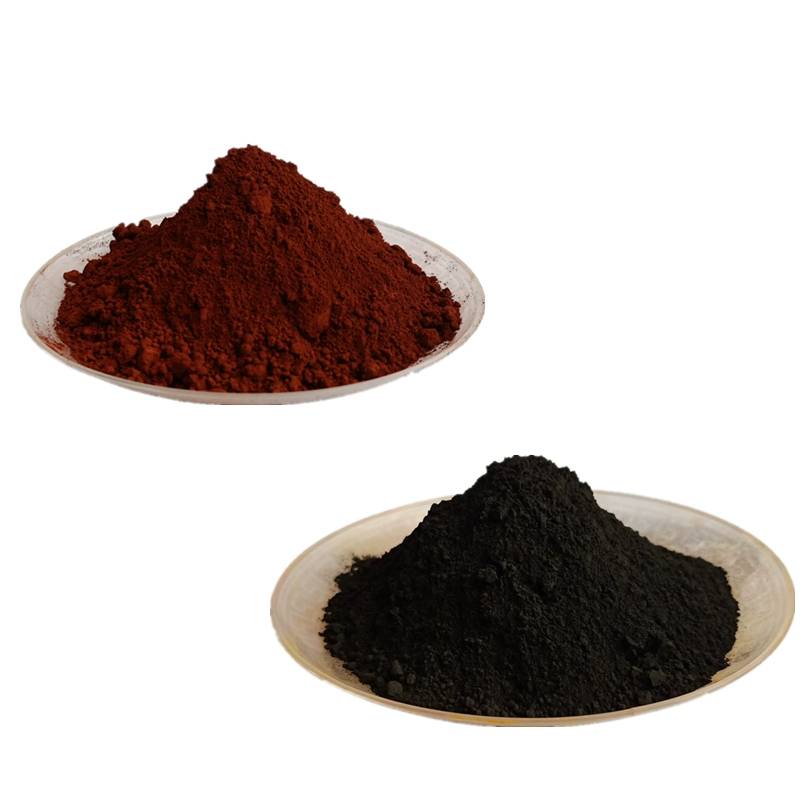
Impurities and Defects
The presence of impurities and defects in the powder can lead to defects in the final product, such as cracks and voids. Therefore, it is essential to carefully control and optimize the powder characteristics to ensure high-quality CIP products.
Powder Synthesis Method
The method of powder synthesis can also affect the quality of the final product. The synthesis method can determine the purity, particle size, and shape of the powder.
Milling Process
The milling process can be used to achieve the desired particle size distribution and enhance flowability. However, excessive milling can lead to particle agglomeration, which can affect packing density and homogeneity.
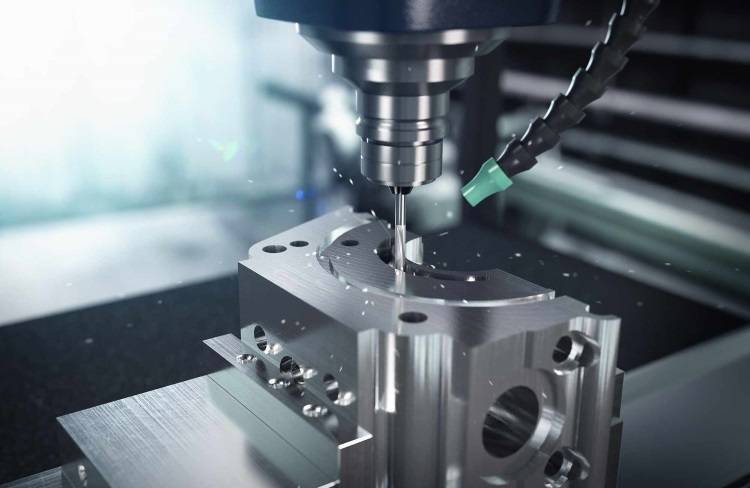
Post-Processing Treatments
Post-processing treatments such as annealing can reduce defects and improve homogeneity. It is essential to optimize the post-processing treatments according to the specific requirements of the final product.
In conclusion, the quality of the powder used in the CIP process can significantly impact the final product. Powder characteristics such as particle size distribution, shape, and surface area can affect packing density, flowability, and homogeneity. Impurities and defects in the powder can lead to defects in the final product. The powder synthesis method, milling process, and post-processing treatments are some of the key factors that affect powder quality. It is essential to carefully control and optimize these factors to ensure high-quality CIP products.
Spherical Powders vs. Irregular Powders
Powder characteristics play a vital role in the process of Cold Isostatic Pressing (CIP), a technique used to produce high-density parts with complex shapes. The choice of powder characteristics in CIP is dependent on the desired properties of the final product and the specific application.
Spherical Powders
Spherical powders are preferred in CIP as they have better bulk density and flowability, resulting in a more even distribution of powder particles during compaction. This results in a final product with higher density and better mechanical properties. Spherical powders are produced using methods such as gas atomization and plasma atomization, resulting in uniform and smooth particle shapes.
Irregular powder
On the other hand, irregular powders with larger surface areas tend to agglomerate and form voids during the pressing process, resulting in lower density and weaker mechanical properties. However, irregular powders may be advantageous in certain applications, such as when high surface area is required for chemical reactions or catalysis. Irregular powders can be produced using methods such as grinding and spray drying, resulting in uneven and rough particle shapes.
Choosing the right powder properties
The choice of powder characteristics in CIP is critical as it affects the quality of the final product. During the pressing process, the shape and size of the powder particles will significantly affect the bulk density and flowability of the powder. Spherical powders are preferred when high density and uniform product is required, while irregular powders are preferred when high surface area is required.
In summary, the choice of powder properties in CIP depends on the desired properties of the final product and the specific application. However, in most cases, spherical powders are preferred due to their excellent filling and flow properties, resulting in higher density and better mechanical properties in the final product.
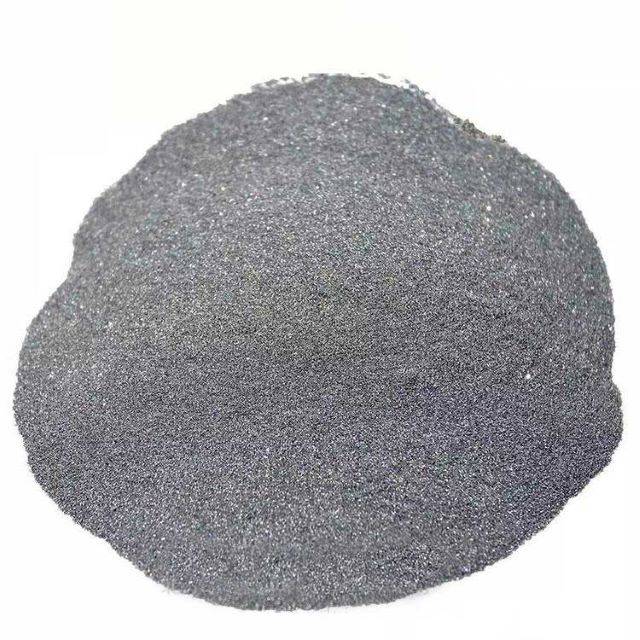
Control phase composition and grain size
In order to obtain high-quality products with desired properties through cold isostatic pressing (CIP), it is important to control the phase composition and grain size of the final product. Controlling powder properties, such as particle size, shape and distribution, plays a vital role in achieving this goal.
Granularity control
Fine, uniform powder particles lead to a uniform microstructure, while the presence of agglomerates can lead to inhomogeneities and defects in the final product. Therefore, particle size control is very important to obtain the required phase composition and grain size of the final product. This can be achieved through various techniques such as mechanical grinding, spray drying and electrostatic precipitating.
Powder shape control
The shape of the powder particles also plays an important role in the CIP process. Irregularly shaped powders can lead to defects in the final product. Therefore, it is important to control the shape of the powder particles to achieve the desired phase composition and grain size of the final product.
Powder distribution control
The distribution of powder particles is also critical to obtain the required phase composition and grain size of the final product. Powders with high surface area and reactivity can cause unwanted reactions, while powders with low surface area can cause poor compaction. Therefore, it is important to control the distribution of powder particles to achieve the desired phase composition and grain size of the final product.
Granularity control
The particle size of the final product depends largely on the characteristics of the powder used in the CIP process. Fine, uniform powder particles result in a uniform microstructure, resulting in a small particle size of the final product. On the other hand, coarse and uneven powder particles can lead to inhomogeneities and defects, leading to excessive grain sizes in the final product. Therefore, correct control of powder properties is important to achieve the desired grain size of the final product.
In summary, controlling powder properties such as particle size, shape, and distribution is critical to achieving the desired phase composition and grain size of the final product via cold isostatic pressing. Proper control of these properties can improve the mechanical properties, corrosion resistance, and thermal stability of the final product.
Conclusion: The role of powder properties in CIP
In summary, the role of powder properties in cold isostatic pressing (CIP) cannot be overstated. The success of the CIP process depends largely on the quality of the powder used. The powder must have the correct particle size, shape and distribution to ensure the final product is uniform and dense. It is best to use spherical powders in CIP as they reduce the likelihood of voids and defects in the finished product. Control of phase composition and grain size is also critical to achieve desired properties. Meeting material specifications is equally important to ensure that the final product meets the required standards. Overall, understanding and controlling powder properties in CIP is critical to achieving a high-quality and reliable product.
Related Products
- Cold Isostatic Pressing Machine CIP for Small Workpiece Production 400Mpa
- Electric Lab Cold Isostatic Press CIP Machine for Cold Isostatic Pressing
- Manual Cold Isostatic Pressing Machine CIP Pellet Press
- Warm Isostatic Press WIP Workstation 300Mpa for High Pressure Applications
- Warm Isostatic Press for Solid State Battery Research
Related Articles
- How Isostatic Presses Help Eliminate Defects in Materials
- Understanding the Isostatic Pressing Process and its Types
- Isostatic Pressing Technology: Principles, Classification, and Applications
- Isostatic Pressing Technology: Revolutionizing Ceramic Material Densification
- Understanding Isostatic Pressing: Process, Benefits, Limitations, and Applications














